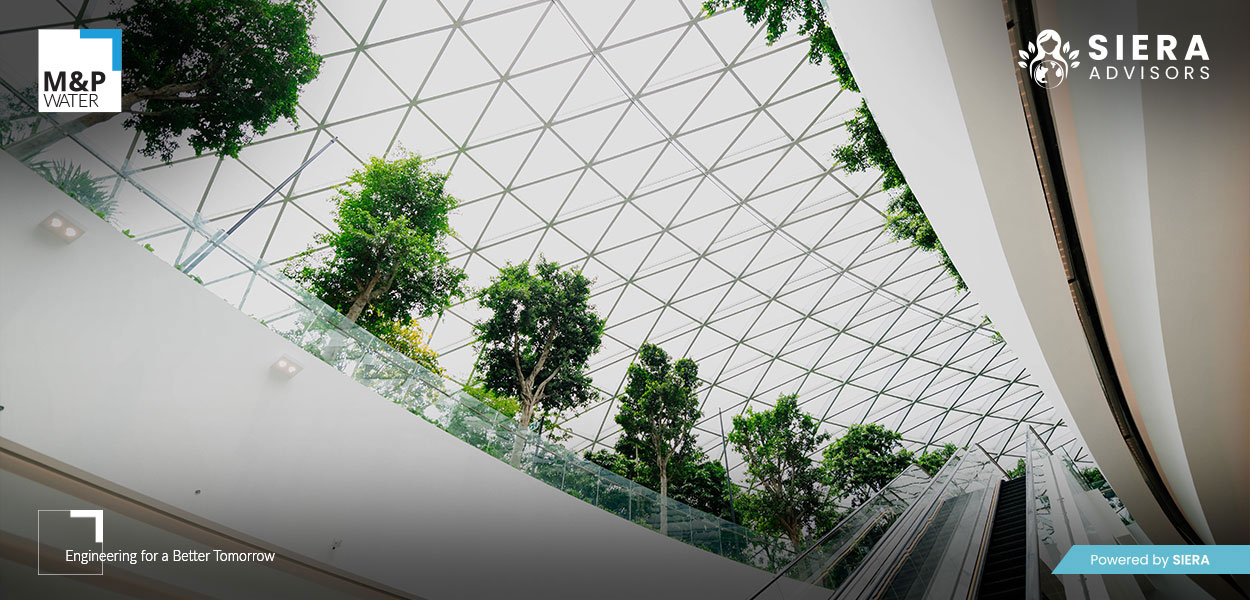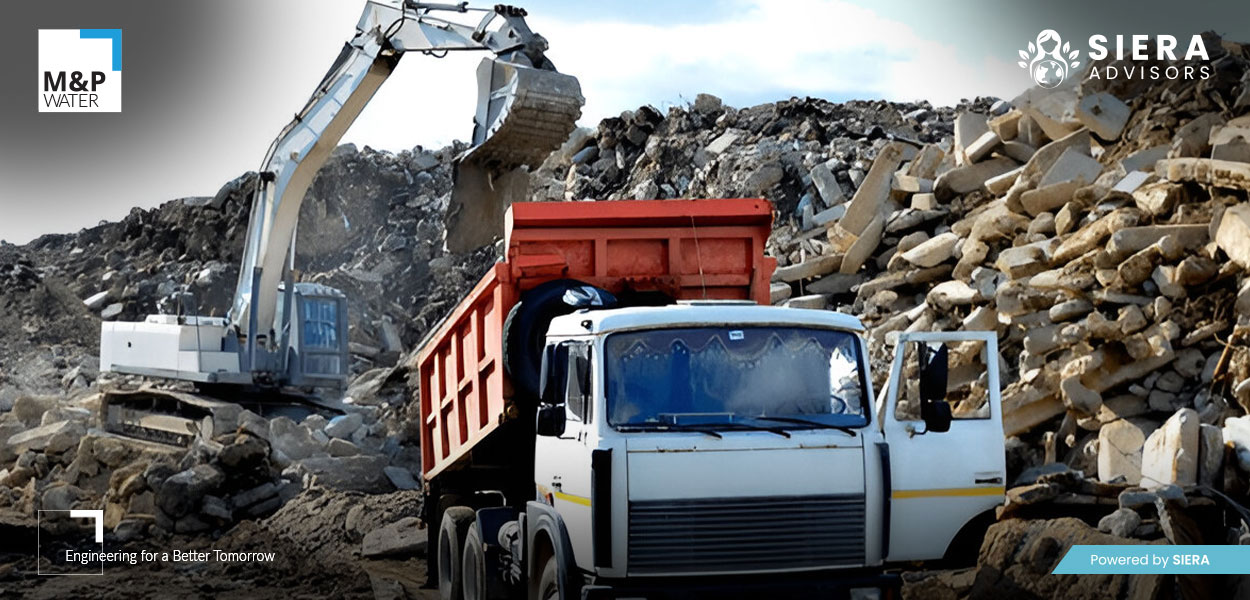In view of the growing global debate on climate change, resource scarcity and sustainable development, the construction industry is undergoing a necessary change. Sustainable construction is no longer a passing trend - it is establishing itself as the standard for the planning, construction and maintenance of buildings and infrastructure.
By integrating environmentally friendly materials, energy-efficient technologies and responsible practices, sustainable construction offers significant environmental, economic and social benefits. Here are the 20 key benefits that make sustainable construction the future of the built environment.
Advantages for the environment
- Reduced greenhouse gas emissions
The construction industry is responsible for almost 40 % of the EU's carbon emissions. Sustainable or green buildings are designed to minimise carbon emissions throughout their lifecycle - from construction to demolition. By using low-carbon materials, renewable energy sources and energy-efficient systems, these projects contribute to global efforts to combat climate change by limiting overall emissions.
- Conservation of natural resources
Green building reduces the need for non-renewable resources such as fossil fuels, fresh water and wood. By using recycled, reclaimed or renewable materials, sustainable building practices protect our planet's limited resources.
- Improved energy efficiency
Although the construction phase causes the greatest environmental impact, buildings continue to consume energy and emit greenhouse gases throughout their life cycle. Sustainable construction mitigates this by maximising energy efficiency through insulation, passive design strategies and high performance systems. This reduces overall energy consumption, lowers operating costs and reduces dependence on fossil fuels.
- Lower water consumption
With the construction industry using over 50 billion tonnes of water every year, eco-friendly buildings are a far less resource-intensive alternative. By utilising water-saving technologies such as low-flow taps, rainwater harvesting systems and efficient landscaping, sustainably built buildings conserve water resources and help alleviate water scarcity.

- Minimisation of construction waste
Traditional construction methods generate more than 1.3 billion tonnes of waste every year. Sustainable construction focuses on reducing waste by reusing materials, recycling construction waste and optimising design and logistics to minimise surplus. This reduces the environmental impact of landfill and supports the circular economy model.
- Improved protection of biodiversity
Sustainable projects often include strategies to protect and restore natural habitats around construction sites. This contributes to the preservation of local ecosystems and promotes biodiversity.
Economic advantages
7. lower operating costs
Green buildings generally require less energy and water, which leads to lower operating costs and maintenance expenses over their entire service life.
8. higher property value
With the growing demand for environmentally friendly spaces, sustainably built buildings are realising higher resale values and rental prices. Tenants and buyers are increasingly favouring buildings that offer energy savings and require less maintenance.
9. access to subsidies and financing
Governments and regulators around the world offer financial incentives, tax breaks and grants for sustainable building projects. These incentives make green building more accessible and financially viable.
10 Long-term investment security
Sustainable buildings are designed to last a long time. The focus on high-quality materials, energy efficiency and compliance with regulations reduces the risk of obsolescence, making them a safer long-term investment.
11. compliance with regulations
Compliance with environmental standards and sustainability reporting, such as the Corporate Sustainability Reporting Directive (CSRD) and the European Sustainability Reporting Standards (ESRS), is mandatory for large companies. However, small and medium-sized companies can also benefit from sustainable practices, as investors are now placing more emphasis than ever on environmentally friendly results.

Social and health benefits
12. improved indoor air quality
Sustainable buildings use non-toxic materials, efficient ventilation systems and air purification strategies. This creates a healthier indoor climate that reduces the long-term risk of respiratory diseases and allergies.
13. increased comfort for residents
Natural light, sound insulation and temperature control are key features of sustainable construction. These factors promote the well-being, productivity and satisfaction of the building's occupants.
14 Healthier communities
Green buildings often feature green spaces, pedestrian-friendly designs and pollution reduction strategies that contribute to healthier and more livable communities.
15 Social responsibility and brand reputation
Companies that invest in green buildings strengthen their public image, attract environmentally conscious customers and foster closer relationships with the local community.
Strategic and operational advantages
16. safeguarding the future against climate risks
Sustainable construction includes resilience strategies that can withstand the effects of climate change such as extreme weather events, rising temperatures and resource scarcity.
17 Innovation and technological progress
The focus on sustainability promotes innovation in building materials, construction methods and energy systems. This drives technological development and opens up new business opportunities.
18 Attracting and retaining talent
More and more employees are looking for jobs that align with their values. Companies that implement sustainable construction practices are better able to attract and retain highly qualified talent.
19. better involvement of interest groups
Sustainable construction enables companies to fulfil the growing expectations of investors, regulators, customers and employees, who are increasingly demanding responsible environmental practices.
20th contribution to global climate targets
Perhaps the most important benefit is the contribution to international climate protection efforts. Sustainable construction supports the achievement of the UN Sustainable Development Goals (SDGs), in particular:
SDG 11: Sustainable cities and communities
SDG 12: Sustainable consumption and production
SDG 13: Climate action
The future is green
Sustainable construction is not just about individual buildings - it's about creating a built environment that supports people, the planet and prosperity.
In line with the philosophy of green building, we organise EU Tech and SIERA Alliance on 10 April in Schwetzingen the seminar "Building in existing buildings".
At the event, experts from a range of disciplines will discuss the radical potential of building within existing buildings. From the financial and legal implications to practical and cultural considerations, we hope to facilitate a meaningful discussion that will drive the adoption of innovative sustainable building practices.
As regulations become more stringent and consumer awareness grows, companies that invest in green building today will be better positioned to succeed in tomorrow's economy.
The benefits are clear, measurable and sustainable. Sustainable construction is the future - and the future starts now.

